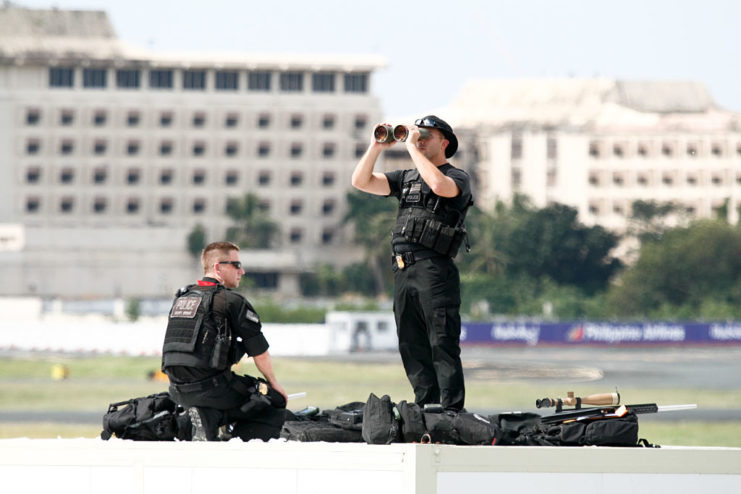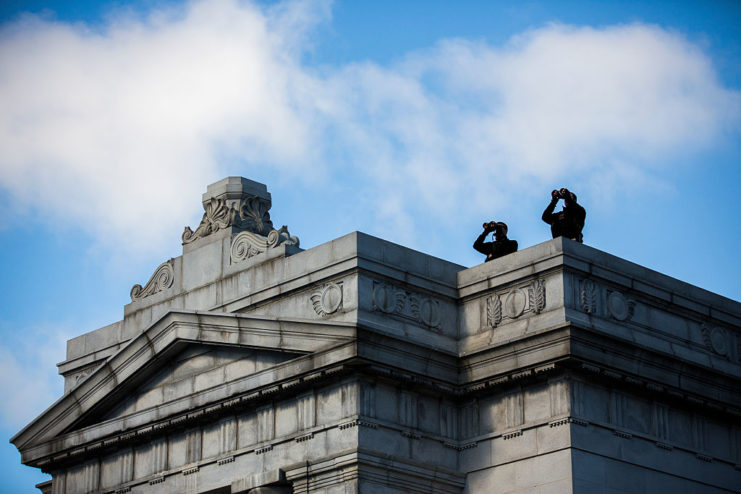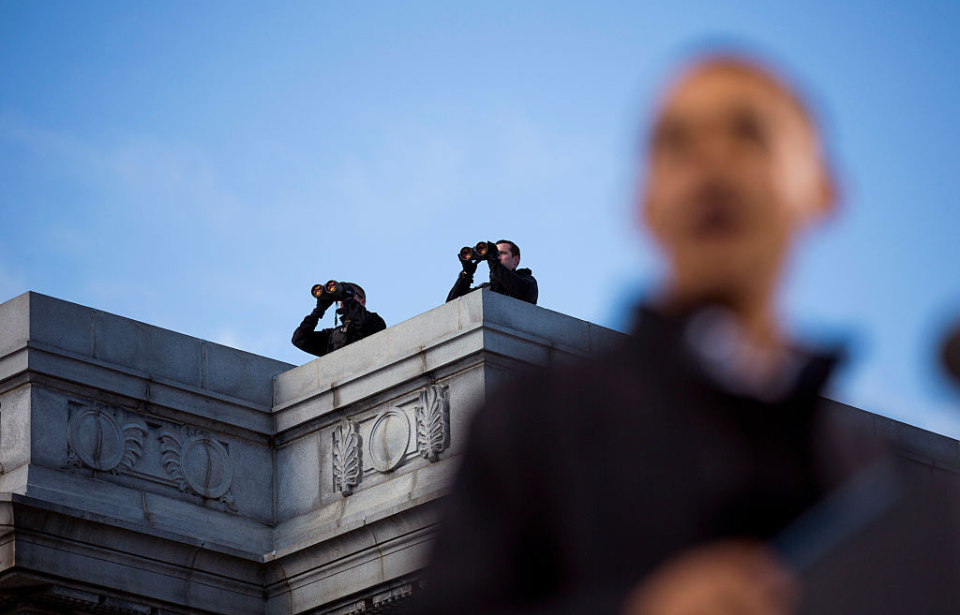First established by US President Abraham Lincoln in 1865, the Secret Service has protected American political leaders and their families for over 150 years. Within this elite group, only a select few are given the prestigious title of “Secret Service sniper” and placed directly in the line of fire to stop any and all assassination attempts.
Unusual origins of the Secret Service

The United States Secret Service (USSS) was introduced during the era of the American Civil War. However, the organization originally had nothing to do with protecting the president or aiming high-power rifles from rooftops. Instead, Abraham Lincoln commissioned the Secret Service to stop a massive counterfeit currency problem.
In the 1860s, one-third of the currency in circulation in the US was counterfeit. The Secret Service was integrated into the Department of the Treasury, and as one of the only groups with federal jurisdiction over crime became the leading organization for investigating a wide range of offenses, from murder to robbery.
Everything changed for the Secret Service when President William McKinley was assassinated in 1901. The murder revealed a flaw in the national security protocol, as the number one asset to the United States – the president – had been left unprotected.
Congress informally asked the Secret Service to provide presidential protection. The following year, the organization was given total responsibility over the safety of the president. In 1902, agent William Craig became the first member to die while on duty when he became involved in a tragic road accident while riding in the presidential carriage.
Always in the line of fire

As part of their protection duties, the Secret Service was also tasked with collecting domestic intelligence and counterintelligence, until the Federal Bureau of Investigation (FBI) was established in 1908.
The organization has proved its effectiveness multiple times, saving US presidents from assassination attempts. In 1950, Harry Truman was residing at Blair House in Washington, DC while the White House was undergoing renovations. One day, Oscar Collazo and Griselio Torresola, two Puerto Rican nationalists, approached the property while armed and with a plan to kill the president.
In a violent shootout, Secret Service officer Pvt. Leslie Coffelt was shot three times in the chest and abdomen, yet continued to return fire at Collazo and Torresola, despite his fatal injuries. He killed Torresola with a single shot to the head and injured Collazo, who spent 29 years in prison for the assassination attempt.
Coffelt died from his wounds and remains the only Secret Service agent to be killed protecting a US president against an assassination attempt.
Secret Service Counter Sniper Team (CS)

There are several teams within the Secret Service’s Special Operations Division that specialize in unique security support. This includes the Airspace Security Branch (ASB), the Counter Assault Team (CAT), the Canine Explosive Detection Unit and the Counter Sniper Team (CS), among many others.
The Counter Sniper Team unit formed in 1971 and is tasked with providing “long-range observation and real-time information gathering at exterior sites visited by Secret Service protectees.” The snipers are among the best sharpshooters in the US, and can typically be spotted in teams of two – a spotter and a sniper – along the roof of the White House.
The same teams follow the president wherever he goes, and are trained to hit a target from hundreds of yards away. Having great aim isn’t the only thing that makes a good sniper. They must be able to calculate the effects of wind, air temperature, gravity and other environmental factors that could impact their accuracy.
What rifles do Secret Service snipers use?

It’s unknown exactly what rifles are used by Secret Service snipers, given different divisions and preferences, but there are several firearms known to be used by members of the organization. The Counter Assault Team, which often works alongside the snipers, typically uses the Remington Model 700 with AXAICS chassis. Features like the Picatinny rail and KeyMod accessory mounting hardware allow for each sniper to customize his or her rifle to their exact needs.
Knights Armament Company also works with the Secret Service to produce effective sniper rifles. The SR-25 is based on an MK11 modification chambered for 7.62 x 51 mm NATO rounds. The SR-25/MK 11 is used alongside important tools, such as the Leupold Mark 4 riflescope, which can be swapped out for the advanced Trijicon 5.5×50 ACOG scope.
The company also created the Secret Service’s latest rifle, the SR-16 E3 MOD2. Using 5.56 mm NATO rounds, this assault rifle is outfitted with a drop-in double-stage trigger, which improves speed and precision, uses ambidextrous mechanisms, and has been designed to provide longer bolt life and improved performance.
Snipers are taught to see threats before they happen

For Secret Service snipers, their jobs are often life or death, with just one shot determining the president’s fate and, by extension, that of the country. The ability to take out a target in one shot, before they manage to take aim at their chosen victim, is essential. This is accomplished through teamwork and the ability to function together as a single unit.
“We’re ambidextrous in that way, so if I see a target, I’ll drop down and he’ll start calling” explained sniper Travis Taylor in an interview with Local 12. “If he sees the target, I’ll become the communicator and wind caller, and I’ll give him his hold so he can take the shot, and he’s just thinking about pressing the trigger.”
New! Want to become a trivia master? Sign up for our War History Fact of the Day newsletter!
More from us: There’s a Big Difference Between the FBI and CIA
In recent years, security threats have evolved from traditional assassination attempts to suicide and car bombs. Dennis, a 10-year veteran of the elite counter sniper team who declined to provide his last name to Local 12, explained how everything can look like a threat, saying, “You look at that car and it’s suspicious, or a guy that’s walking down the street in July and he’s got a heavy coat on – you’re looking for the unusual”
